Without the results of scientific research and experiments, the world would be filled with the ifs and maybes of untested hypotheses. Unfortunately, an overwhelming amount of scientific discoveries and breakthroughs have come at the expense of animals used in experiments. In a recent study of sensory processing in chronic pain at the University of Montreal, scientists came up with a clever way to measure the brain waves of cats using a non-invasive – and quite frankly, adorable – piece of equipment: a knitted cap.

Putting Their Thinking Caps On
Electroencephalography (EEG) is a technique that uses electrodes to detect the electrical activity of the brain to assess function and neurological responses to certain stimuli. The electrodes need to remain in close contact with the patient’s skull, although direct contact with the skin is not necessarily required. For humans, this usually involves placing a network of electrodes onto the head either individually or attached in a net-like arrangement. It’s important that these electrodes stay quite still in order to obtain accurate readings, which is generally achieved by asking the patient not to move their head. But how does this work when your test subject is a cat?
In the past, the only way to obtain accurate EEG readings from cats was by placing electrodes under the skin under sedation or general anesthetic. This is problematic on a number of levels. The results obtained may be impacted by the effects of the sedative drugs, and of course there is the ethical consideration of performing an invasive procedure for scientific research.

Thanks to a team of scientists at The University of Montreal, there is now a rather nifty alternative. In a recent study, a group of cats with osteoarthritis were fitted with custom-made knitted caps housing the EEG electrodes. These caps allowed non-invasive readings of brain activity without the need for sedation. Instead, the cats were gently acclimated to the room, using positive reinforcement to train them to sit or lie down in one place with minimal restraint.
According to Aliénor Delsart, one of the researchers working on the study, the idea for the caps came about as they attempted to get the cats used to electrode placement.
“When you spend more time replacing them than recording signals you get creative. We had some cats who liked to shake their heads when we’d finished placing all the electrodes. We had already seen photos of cats wearing crochet caps (for purely aesthetic and cute purposes), so we thought it would be a good idea to try it to keep the electrodes in place during recording!”
And it certainly was!
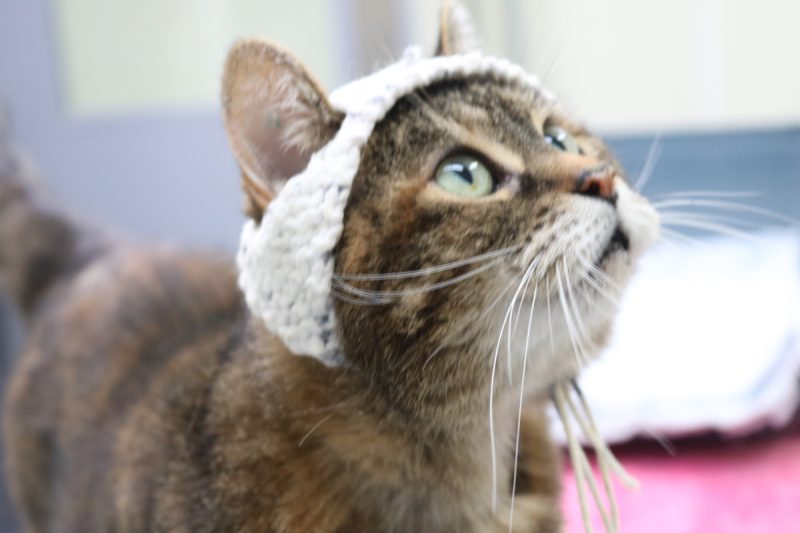
Creative and Cruelty-Free
This is the first time this non-invasive technique has been used, with the primary focus being on how feasible the method is. Encouragingly, the results indicate that this non-invasive method performs very well in comparison to more traditional techniques, giving comparable responses to visual and olfactory (smell) stimuli. Using pre-established indicators of pain, the team were then able to assess the response of these arthritic cats to different forms of analgesia (pain relief).
Hopefully, the success of this study will open the door for more ethical and creative approaches to scientific research, allowing us to learn more about both human and veterinary medicine without the need to harm or sacrifice test subjects. They say that necessity is the mother of invention, and with this simple but ingenious invention, the team at Montreal have pulled off one heck of a hat trick.
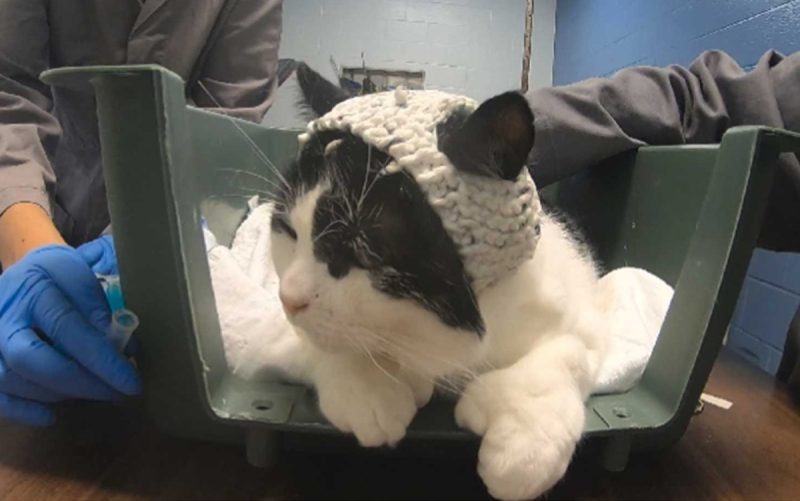
Did You Know?
- Our breaking news articles are featured in our weekly emails. Don’t miss out on the latest and sign up for our newsletter below!


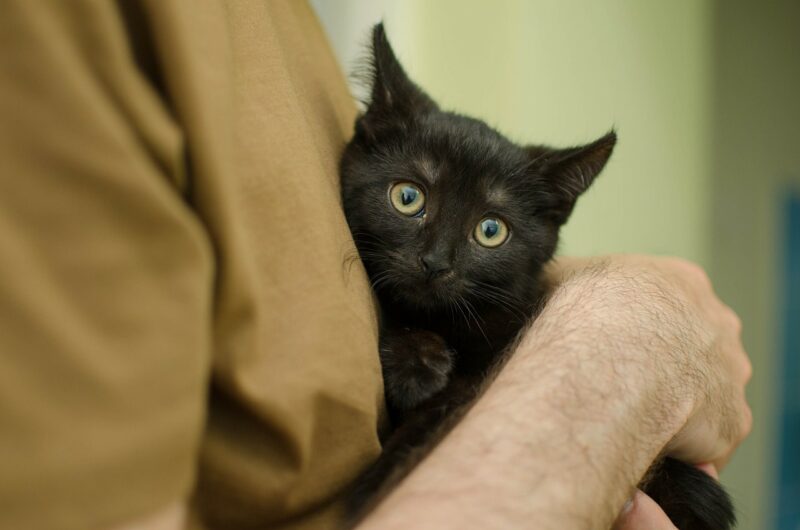



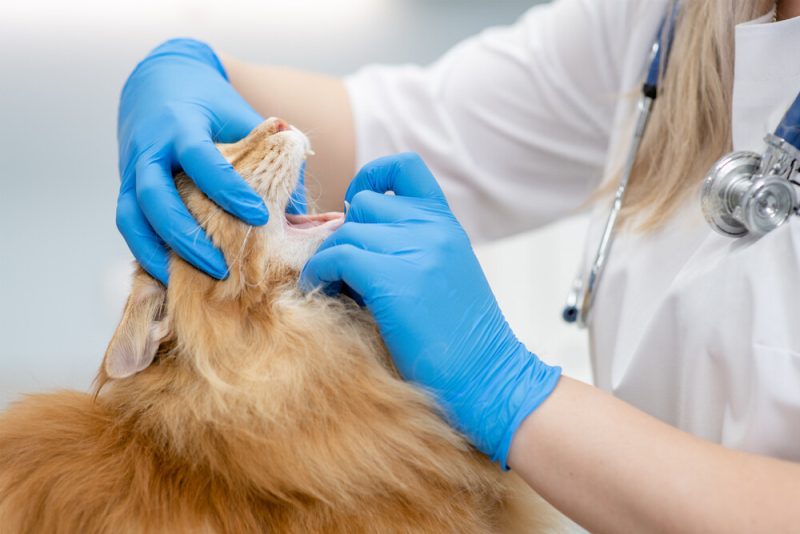





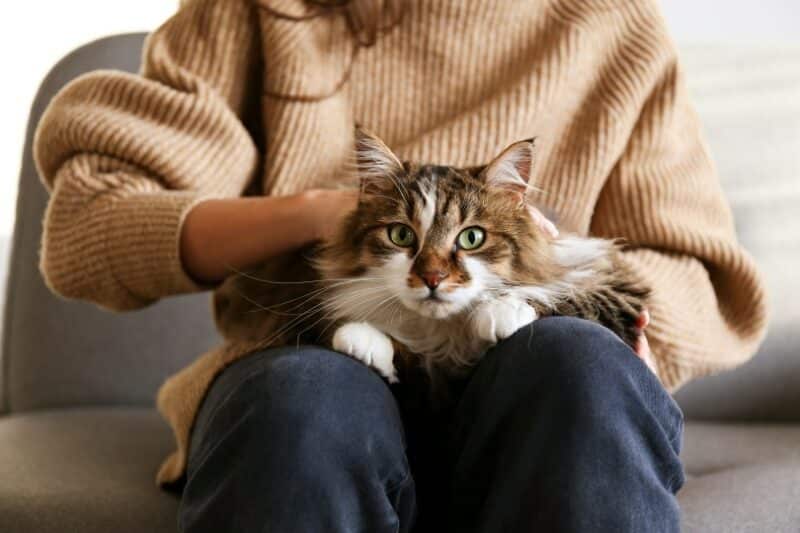

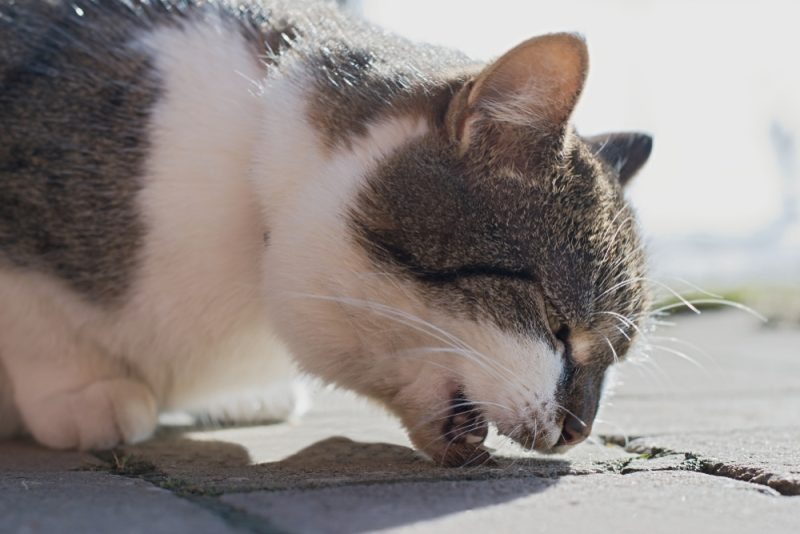




One Response
I find your weekly news enthralling, and finding different ways to help cats is wonderful, the special needs kitty was such a wonderful story and a happy ending, in my opinion our little cat has made our life so much more fulfilling and happier he is our world, thankyou for your dedication in your profession.